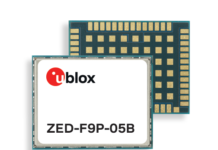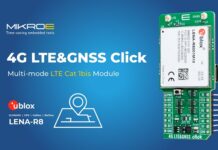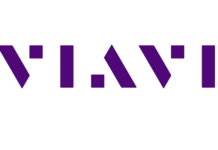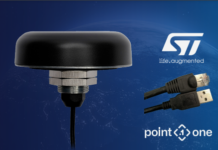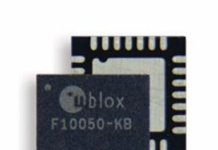
For decades, Calian antennas have been a household name in geospatial positioning. Under their former name, Tallysman Wireless, Calian’s products have long provided highly accurate, interference-free data from Global Navigation Satellite Systems (GNSS) for applications as varied as precision agriculture and autonomous vehicles.
In this case study, readers will learn about what led Calian to integrate Point One Navigation’s Polaris RTK Correction Service into their latest antenna release — bringing the industry-leading RTK corrections solution directly to their customers with unprecedented ease.
Read it here Calian: The Power of Plug-and-Play RTK
Due to the limitations of GNSS, even the cleanest signal can be off by a meter or two, requiring additional corrections to achieve true precision. By using RTK, positioning accuracy can be improved to about one centimeter.

Because Calian wanted to provide that precision in a single, streamlined package, it combined its premium antennas with the industry’s leading receivers to create “smart antennas,” which offer additional options for achieving precision positioning. For the end user, this means an all-in-one, real-time positioning system that can provide accurate measurements for everything from detailed construction surveys to self-driving race cars.
“It’s one thing to work with people who are deploying their own base stations and their own networks, but Point One has a fairly universally available, excellent Network RTK service,” said Gordon Echlin, director of business development for smart antennas at Calian. “We wanted to be able to tap into that and make that available to our customers for this new smart antenna.”
Point One makes it easy for end users to move or scale operations. Within the United States, the extensive Polaris network allows them to move across state lines without the hassle of setting up or reconnecting to a new network. Outside the US, Polaris’ built-in local-datum capabilities enable quick conversion to the relevant datum for your particular location. Either way, once you’re established with Polaris, it automatically works wherever you go within its extensive service area.
Adding RTK provides extreme accuracy, upholding Calian’s core value proposition. However, that extra layer of corrections requires additional integrations and setup, not to mention reliance on a third-party RTK network. If any of those falters, the resulting measurements and user experience will suffer.
“With other solutions, we had to download an encryption key and put it in the antenna. We don’t need to do that with Polaris,” Echlin added. “You just use the NTRIP client, you configure your antenna as a base or a rover, authenticate with Polaris, and you’re working — in minutes.”



